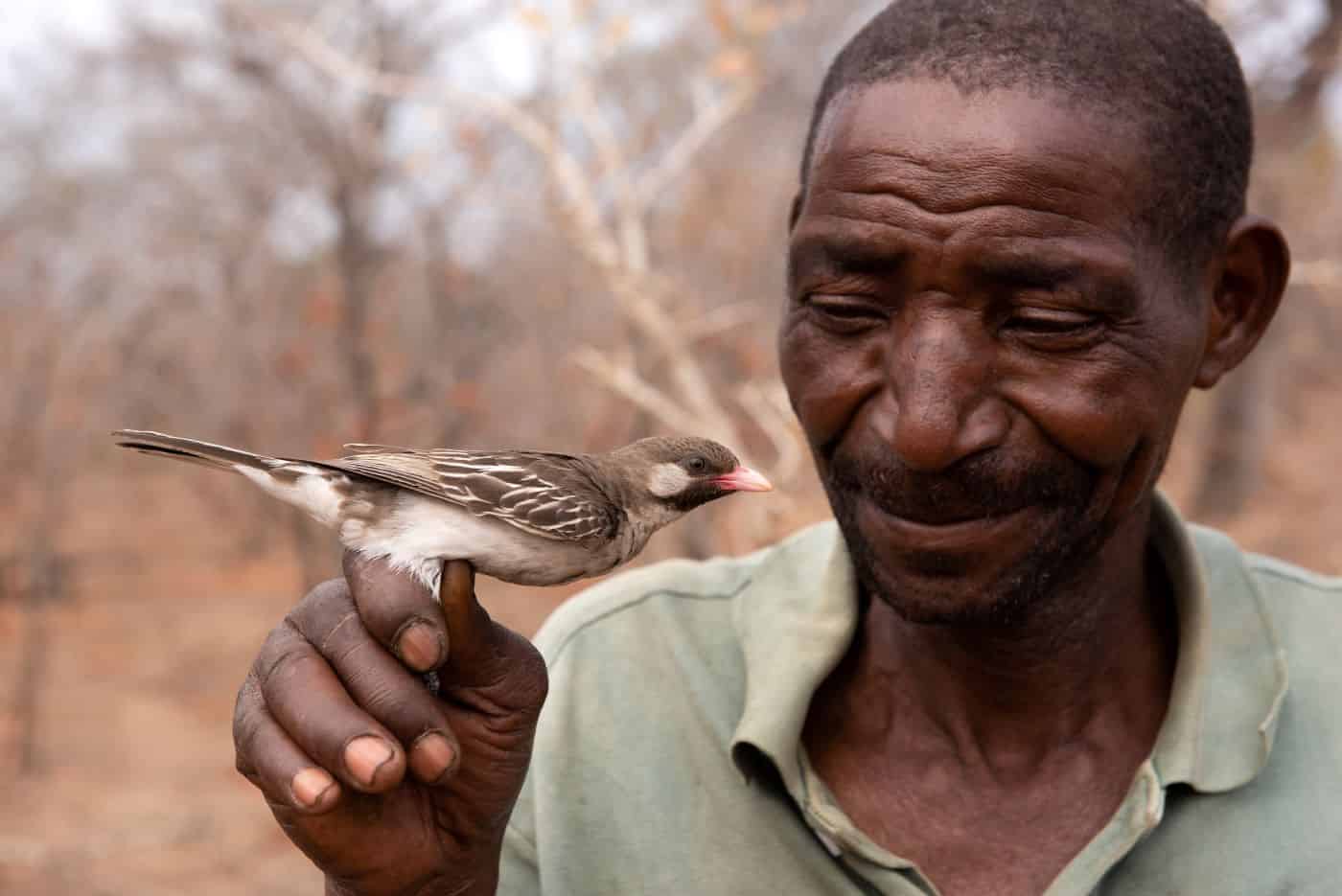
The birds and the bees
In the dense forests and savannas of Africa, a small, unassuming bird known as the honeyguide has formed a unique relationship with humans, a partnership based on mutual benefit and intricate communication.
Few alliances between humans and animals are as impressive as this one. This isn’t just about a bird and a person—it’s a tale of cooperation, survival, and the extraordinary ways in which different species can communicate and collaborate.
Honeyguides, as their name suggests, have an uncanny ability to locate beehives. But what makes them truly remarkable is their willingness to lead humans to these hives. In return, humans, skilled in the art of honey harvesting, share the spoils with their feathered guides.
But this isn’t a simple case of instinctual behavior. Different African communities, like the Yao in Mozambique and the Hadza in Tanzania, use distinct calls to communicate with honeyguides. These calls are not universal; they are deeply rooted in cultural traditions, passed down through generations.
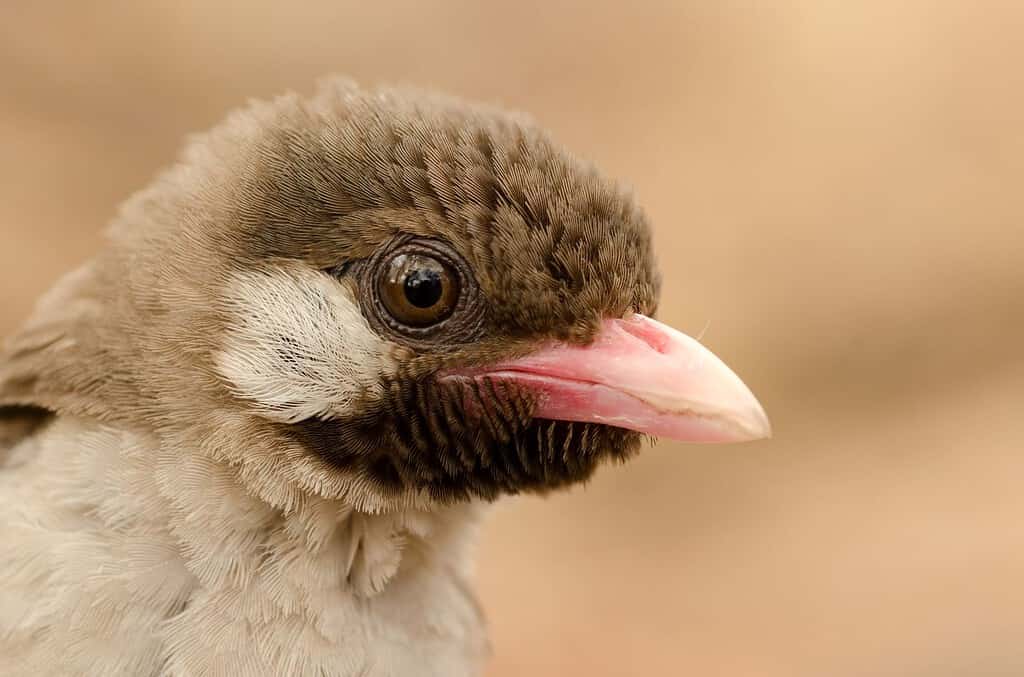
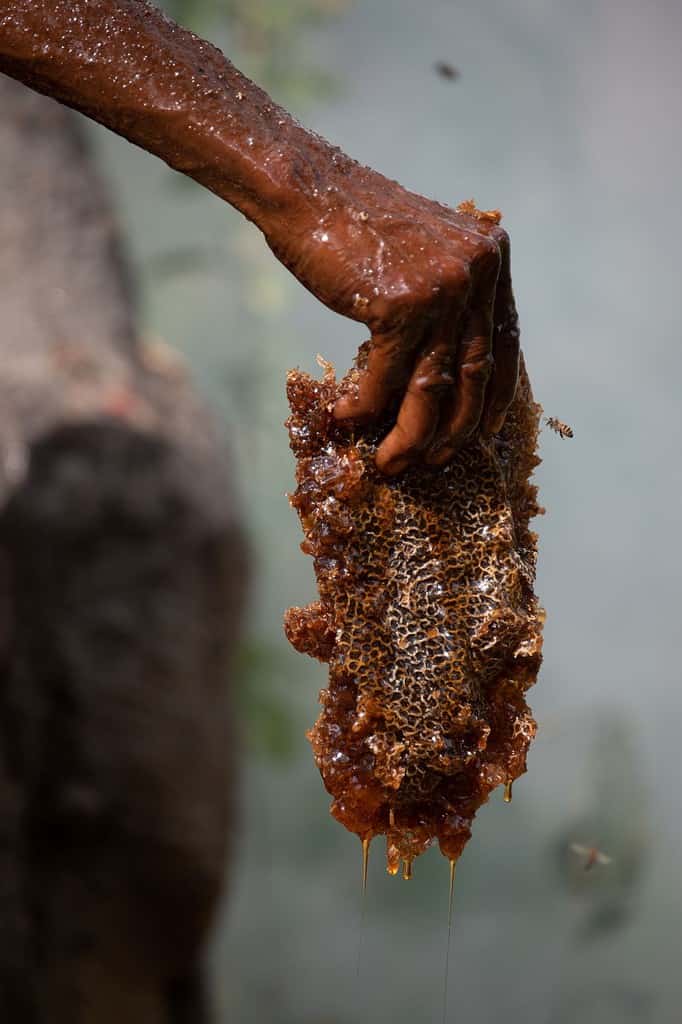
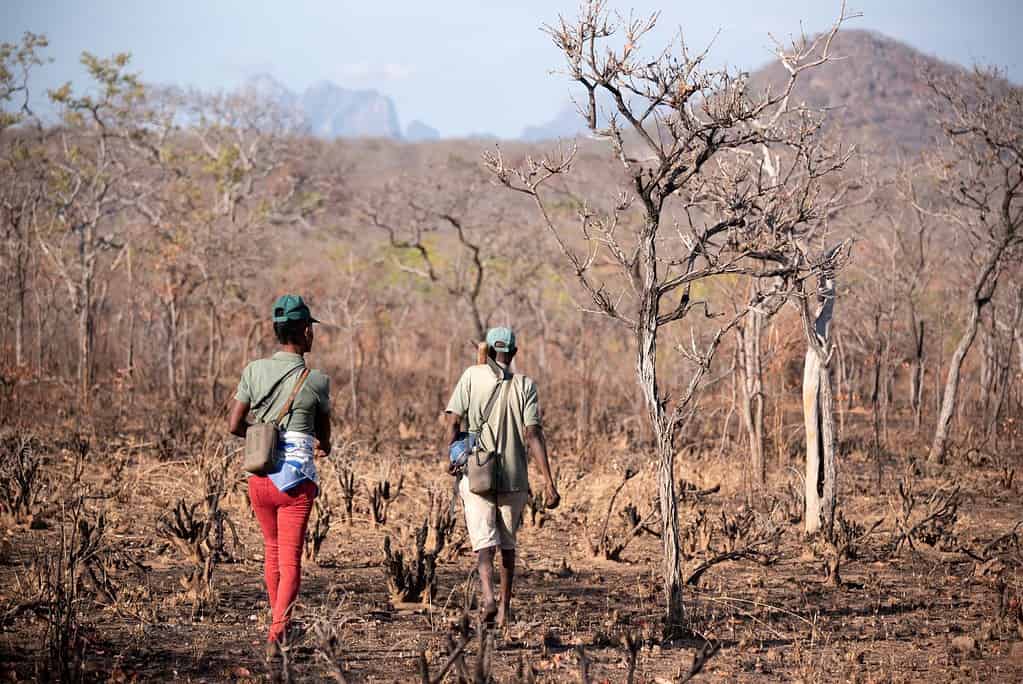
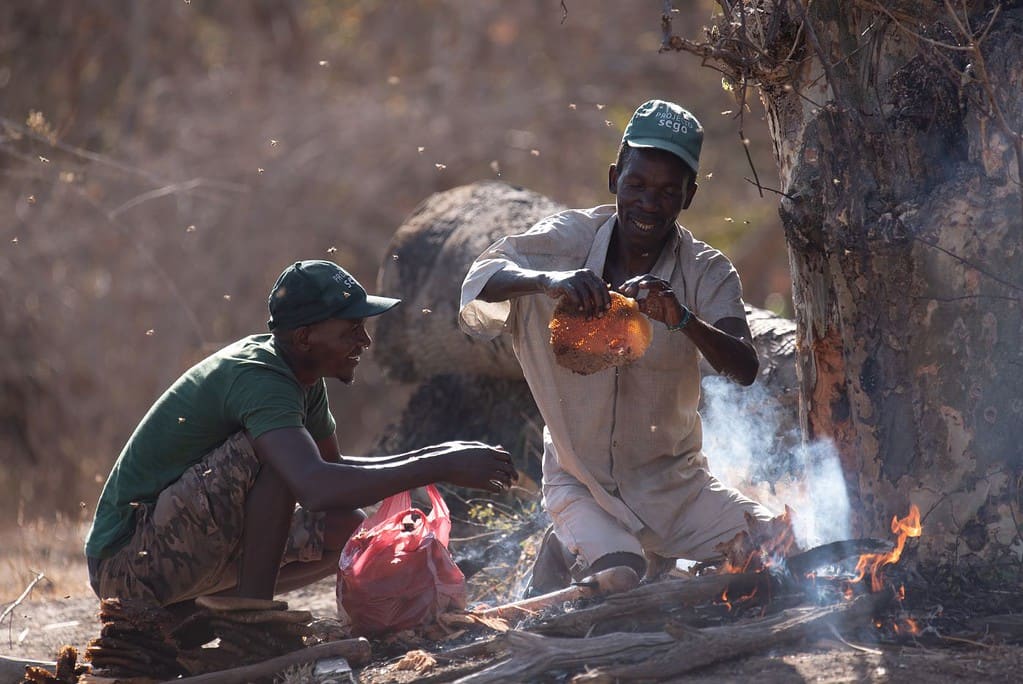
Researchers embarked on a journey to understand this phenomenon. Claire Spottiswoode, an evolutionary biologist at the University of Cambridge’s Department of Zoology and the University of Cape Town, joined forces with Brian Wood, an anthropologist at the University of California Los Angeles, and the Max Plank Institute for Evolutionary Anthropology.
They started with the different types of calls. In northern Mozambique, the Yao community engages in honey hunting using a unique vocalization that combines a robust trill sound followed by a grunt, typically vocalized as “brrr-hm.” Meanwhile, in northern Tanzania, the Hadza community employs a distinctively melodic whistle as their communication method. Here’s what they sound like:
The researchers wanted to see whether birds are more likely to respond to the type of calls they’re accustomed to.
They conducted experiments in Mozambique and Tanzania, using local and foreign honey-hunting signals. The findings were striking: honeyguides showed a higher likelihood of responding to local signals over foreign ones. This wasn’t just about sound transmission properties; the honeyguides seemed to learn and recognize the specific calls of their local human partners.
The honeyguides in the Kidero Hills, Tanzania are over three times more likely to cooperate with people using the local Hadza whistle than people giving the ‘foreign’ Yao trill and grunt. A similar trend was reported for the honeyguides in the other area, which were twice as likely to respond to the local calls rather than the foreign ones.
“We found that honeyguides prefer the calls given by their local human partners, compared to foreign calls and arbitrary human sounds. This benefits both species, since it helps honey-hunters attract a honeyguide to show them hard-to-find bees’ nests, and helps honeyguides to choose a good partner to help them to get at the wax,” said Spottiswoode.
Bird-human traditions
This research builds on previous work published in a July 2016 Report in Science, which demonstrated the reciprocal signaling in honeyguides and honey hunters in Mozambique. But it takes it one step further.
This is essentially a local tradition that the birds and the humans have established. The African honeyguide birds understand and respond to the culturally distinct signals made by local human honey hunters. This suggests cultural coevolution between species.
“Once these local cultural traditions are established, it pays for everyone – birds and humans – to conform to them, even if the sounds themselves are arbitrary,” said joint lead author Brian Wood.
The human-honeyguide relationship offers a glimpse into ancient forms of human-wildlife interaction. It’s a living example of how our ancestors might have communicated with and influenced the natural world — and how humans in some communities continue to do it to this day. This partnership, dating back thousands of years, is a testament to the deep connection between humans and nature.
“What’s remarkable about the honeyguide-human relationship is that it involves free-living wild animals whose interactions with humans have evolved through natural selection, possibly over the course of hundreds of thousands of years,” said Spottiswoode.
She added: “This ancient, evolved behavior has then been refined to local cultural traditions – the different human call sounds – through learning.”
The study was published in Science.






